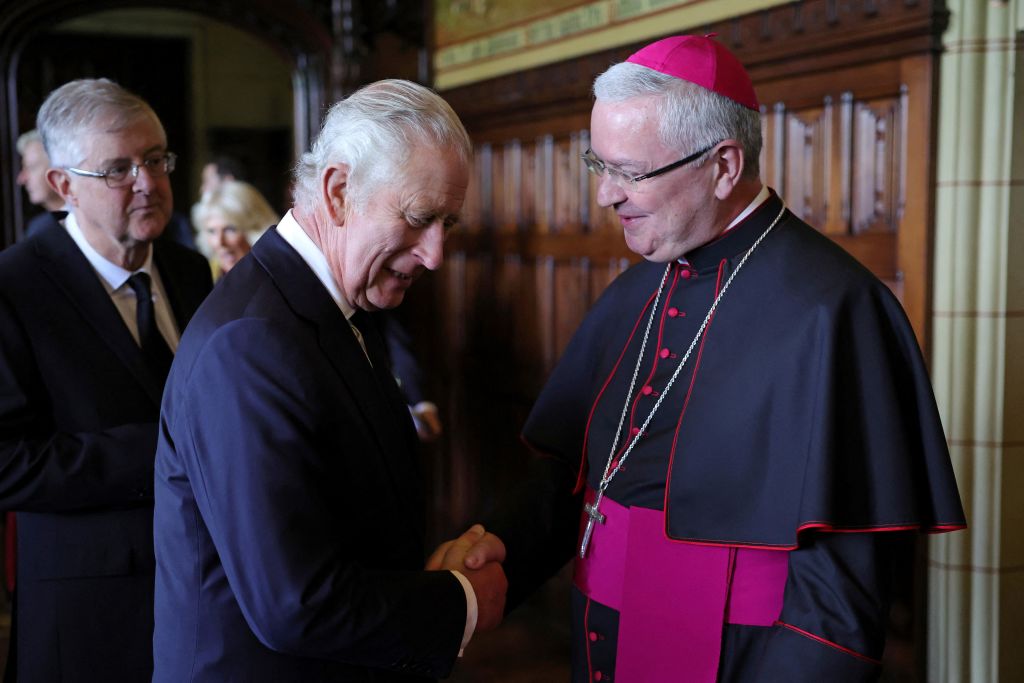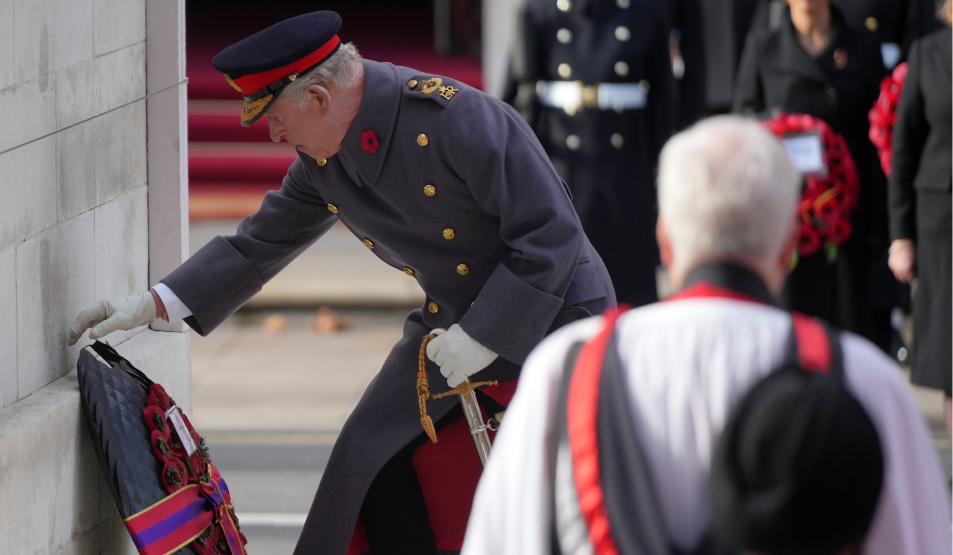St Mary’s Pro-Cathedral has officially become the Catholic cathedral of Dublin after Pope Leo XIV approved a request from Archbishop Dermot Farrell.
The decree, issued on the bicentenary of the church’s dedication, brings the Pro-Cathedral formally into line with its role at the heart of Catholic life in the Irish capital. It also brings to an end the building’s two-century provisional status – until now identified as “Pro” Cathedral (short for pro tempore) after earlier plans for a grander edifice that never materialised.
Archbishop Farrell said the decision was “significant” for the city and especially for those who live around the cathedral. He told RTÉ News that it was important to establish “this cathedral, the centre of the archdiocese of Dublin, the mother church of Dublin, in one of the poorest areas of Dublin”, adding that “of all who come here, it is most of all to the poor that this place belongs”.
Acknowledging that the church's new title may take time to settle, given its deep-rooted former nomenclature, he said: “It’s been called ‘the Pro’ for 200 years, so I don’t expect it to change overnight.”
In his homily at the inauguration Mass, the archbishop stressed the pastoral vision behind the designation. “This cathedral is not a museum or a monument, but a community of people,” he said, expressing his hope that it would remain a place that “fosters and shelters personal prayer and reflection, a place of encounter with the person of Jesus … and a place of prayer is ultimately a place of peace”.
He added: “May this Cathedral be a place of peace for all who cross its threshold.”
The change concludes a long and often frustrated search for a permanent cathedral in Dublin. The Pro-Cathedral itself predates Catholic Emancipation, having been built between 1803 and 1825 after the easing of penal laws.
It stood on a modest side street off what is now O’Connell Street, while the Church hoped eventually to construct a grander building elsewhere.
But efforts to realise that ambition never came to fruition. A prominent site on Merrion Square was purchased in 1930, and successive archbishops hoped to raise a cathedral worthy of the capital.
Archbishop John Charles McQuaid, arriving in 1940 with formidable determination, was unable to advance the project as funds were redirected to the growing needs of new parishes. The site itself eventually passed to the city in 1974 and later became Merrion Square Park.
Other possibilities were floated, including a 2023 proposal to designate St Andrew’s Church as the cathedral, but resistance from parishes ensured St Mary’s remained at the centre of consideration.
And so, now, Dublin finally has a Catholic cathedral.
Photo: St Mary's Pro-Cathedral, Dublin (Creative Commons/Wikipedia)




.jpg)


.jpg)



.jpg)
.jpg)



